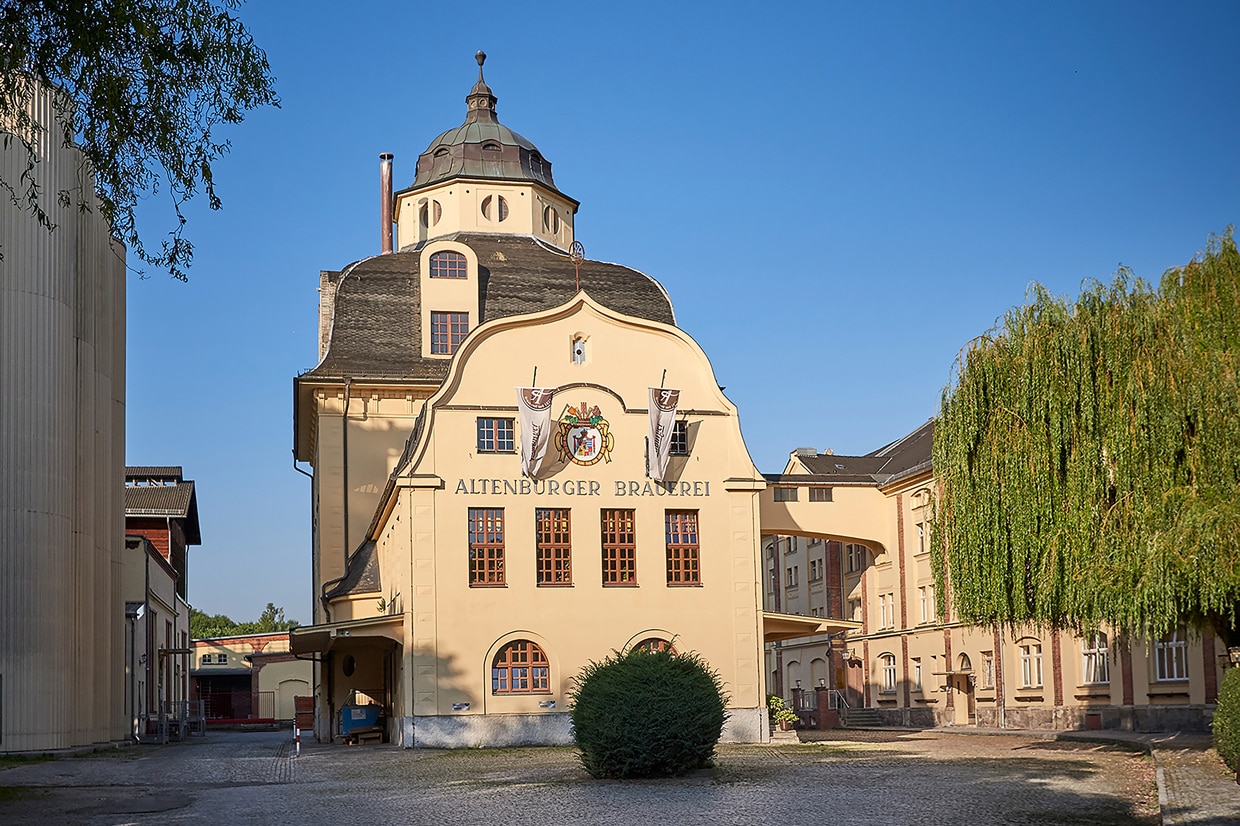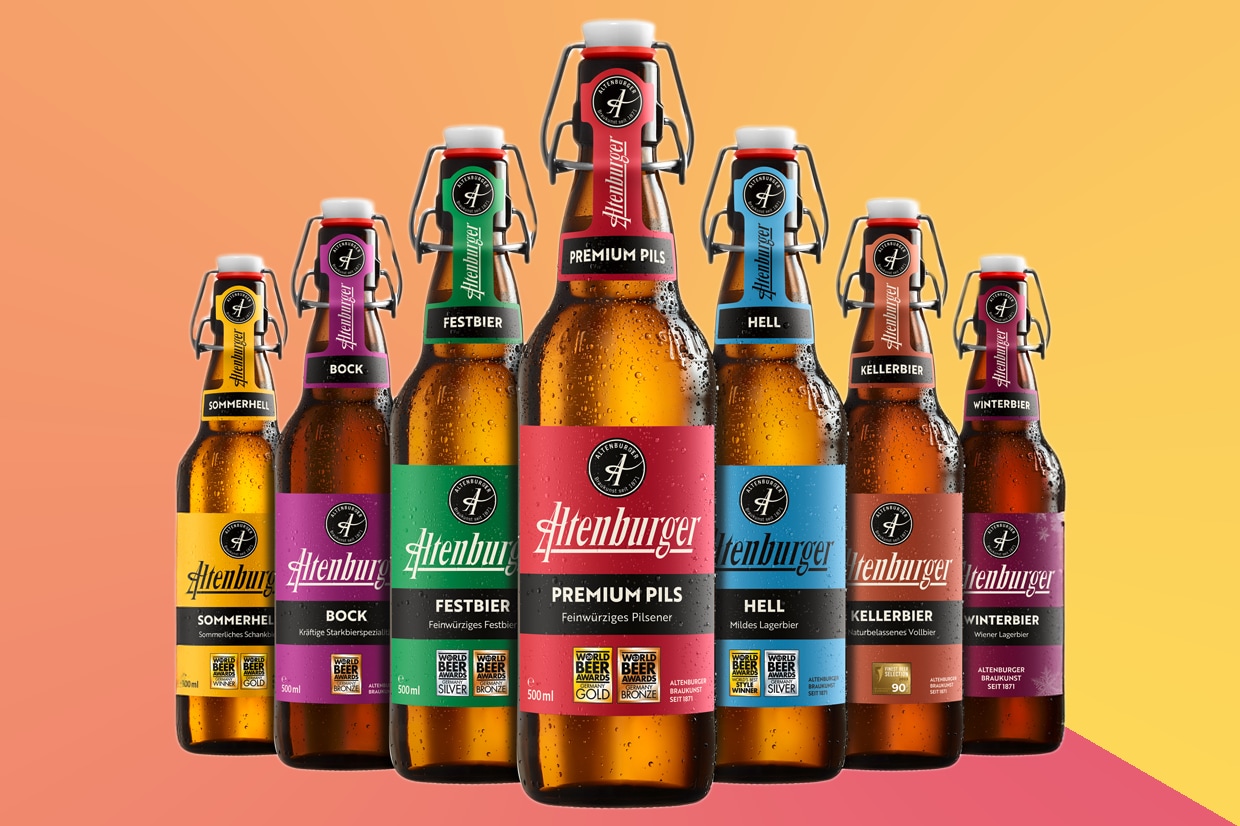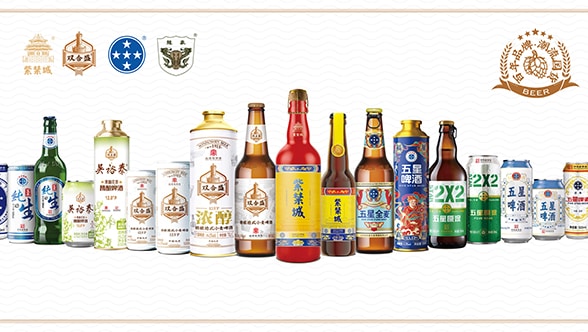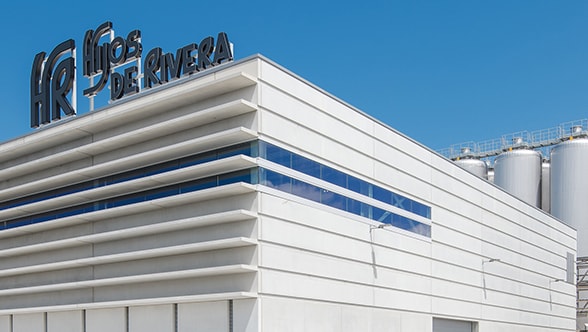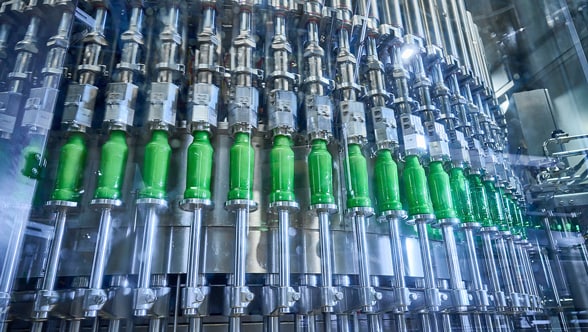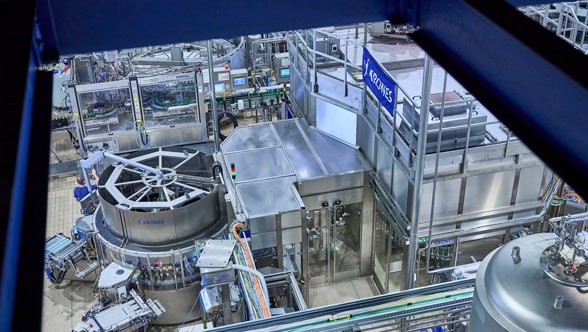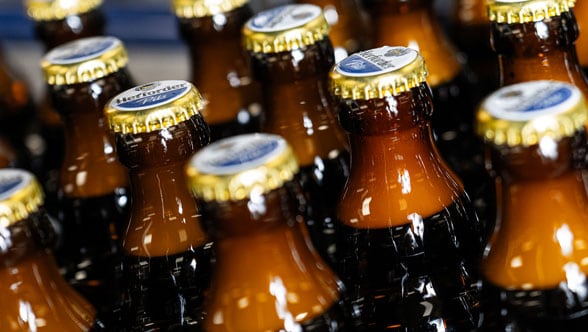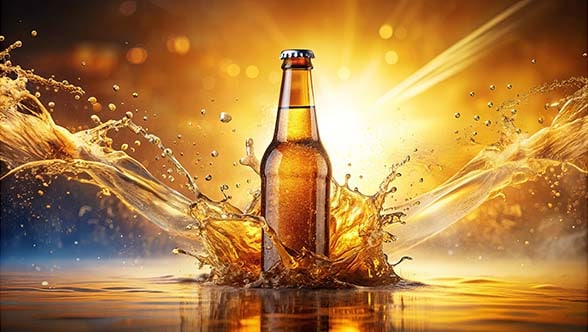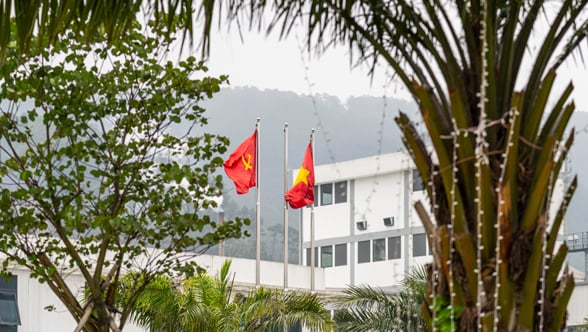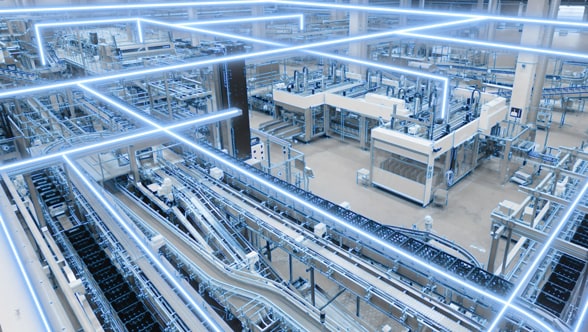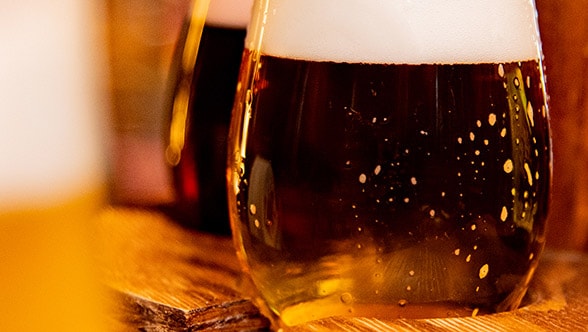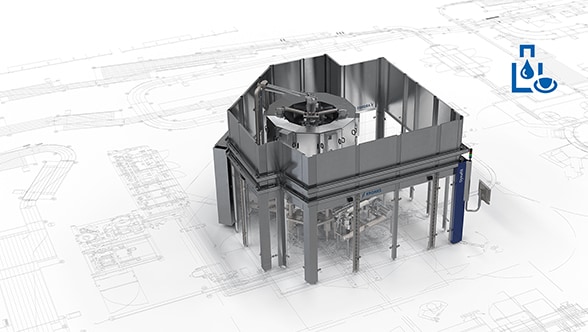Bastian Leikeim recently got to spend some time in Denver, Colorado, where he was a jury member for the World Beer Cup, the biggest beer-tasting competition on the planet. A great experience for him, as he tells us: “Getting away from everyday business and swapping views and ideas with colleagues from all over the world, that was a nice change of pace. There’s simply nothing better than talking about beer.” Well, since early May he has again been seeing to everyday business in Altenburg, Thuringia, in a building that is listed on Germany’s register for the preservation of historic monuments. Leikeim comes from a Franconian family of brewers. In the early 1990s, his father bought and refurbished the brewery building in Altenburg. “He’s always been out and about, looking at old breweries, and this one is really something special,” says Leikeim who runs the operations here today. The Art Nouveau-style building dates back to 1913 when it housed one of Europe’s most modern brewhouses. It was built by Theodor Ganzenmüller, a professor at the Bavarian Academy for Agriculture and Brewing Science in Weihenstephan and a legend among brewers.
Today, the company has a payroll of 50 and brews around 100,000 hectolitres of beer per year that is filled into swing-stopper bottles. All the raw materials required are sourced from the surrounding region, even the hops, because the Elbe-Saale hop-growing area is right round the corner. Everyone here is proud of the multiple awards their beers have won, chief among them those for the Altenburger Premium Pils. “We’ve meanwhile become the brewery in Central Germany that has received the biggest number of international accolades,” says a gratified Bastian Leikeim. Altenburger Brauerei frequently adds seasonal specialties to its product portfolio. One of its most recent successes is the low-alcohol Sommerhell (a refreshing pale lager for summertime). “Our brewmasters really excelled themselves with that one,” emphasises Leikeim, and adds: “At eleven degrees Plato, the beer still has quite a full-bodied flavour but an abv of only 3.5 per cent.”

